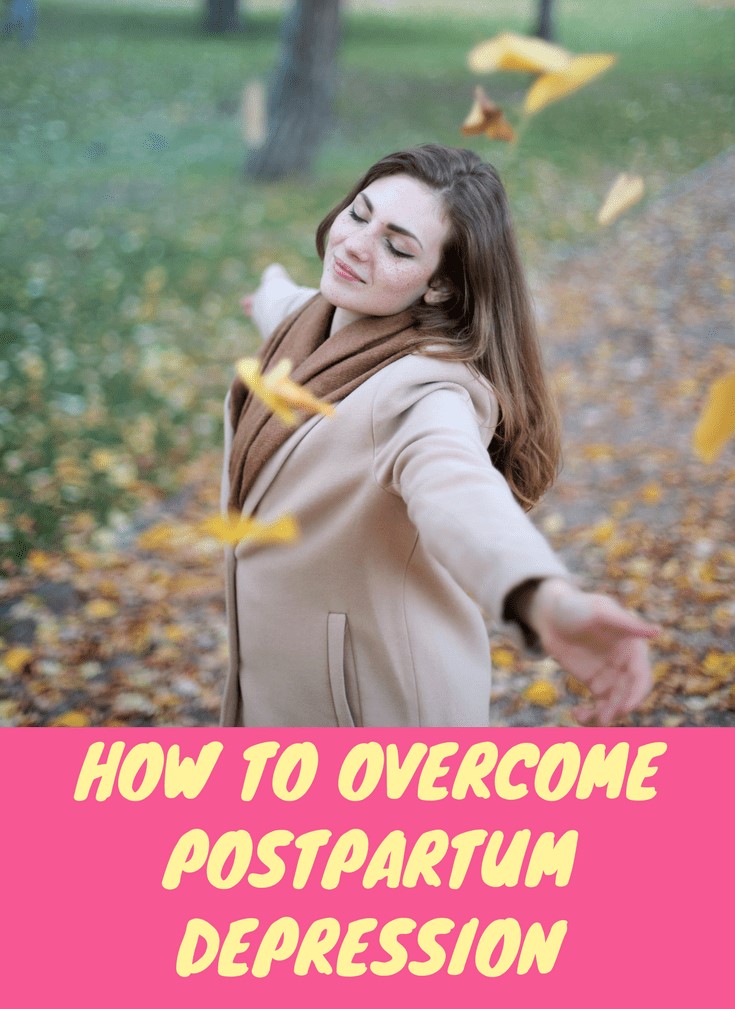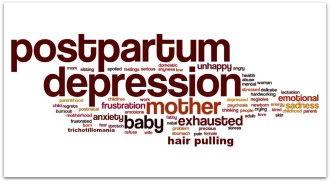 Postpartum Depression Postpartum is a complex mixture of physical, emotional and behavioral changes that occur to a woman after childbirth. According to the DSM-5, a manual used to diagnose mental disorders, postpartum depression is a form of major depression that begins within four weeks of childbirth. The diagnosis of post-partum depression is not only based on the time between tokete and appearance but also on the severity of depression.
Postpartum Depression Postpartum is a complex mixture of physical, emotional and behavioral changes that occur to a woman after childbirth. According to the DSM-5, a manual used to diagnose mental disorders, postpartum depression is a form of major depression that begins within four weeks of childbirth. The diagnosis of post-partum depression is not only based on the time between tokete and appearance but also on the severity of depression.
Postpartum depression is linked to chemical, social, and psychological changes associated with having a baby. The term describes a series of physical and emotional changes faced by many new mothers. The good news is that postpartum depression can be treated with medication and counseling.
What is postpartum depression:
Chemical changes include rapid fall of hormones after delivery. The actual relationship between this fall and depression is not yet clear. But what is known is that estrogen and progesterone levels, female reproductive hormones, increase ten times during pregnancy. Then they fall sharply after delivery. Three days after the birth of a woman, the levels of these hormones fall back to what she was before she was pregnant. In addition to these chemical changes, the social and psychological changes associated with having a baby pose an increased risk of depression.
Symptoms of postnatal depression:
Symptoms of postpartum depression are similar to those that occur normally after childbirth. These include difficulty sleeping, changes in appetite, excessive fatigue, decreased libido and frequent mood swings. However, these are also accompanied by other symptoms of major depression, which are not normal after childbirth, and may include depressed mood, loss of pleasure, feelings of worthlessness, despair and weakness, thoughts of death or suicide.
Causes of Postpartum Depression:
The following factors can increase the risk of postpartum depression:
|
|

